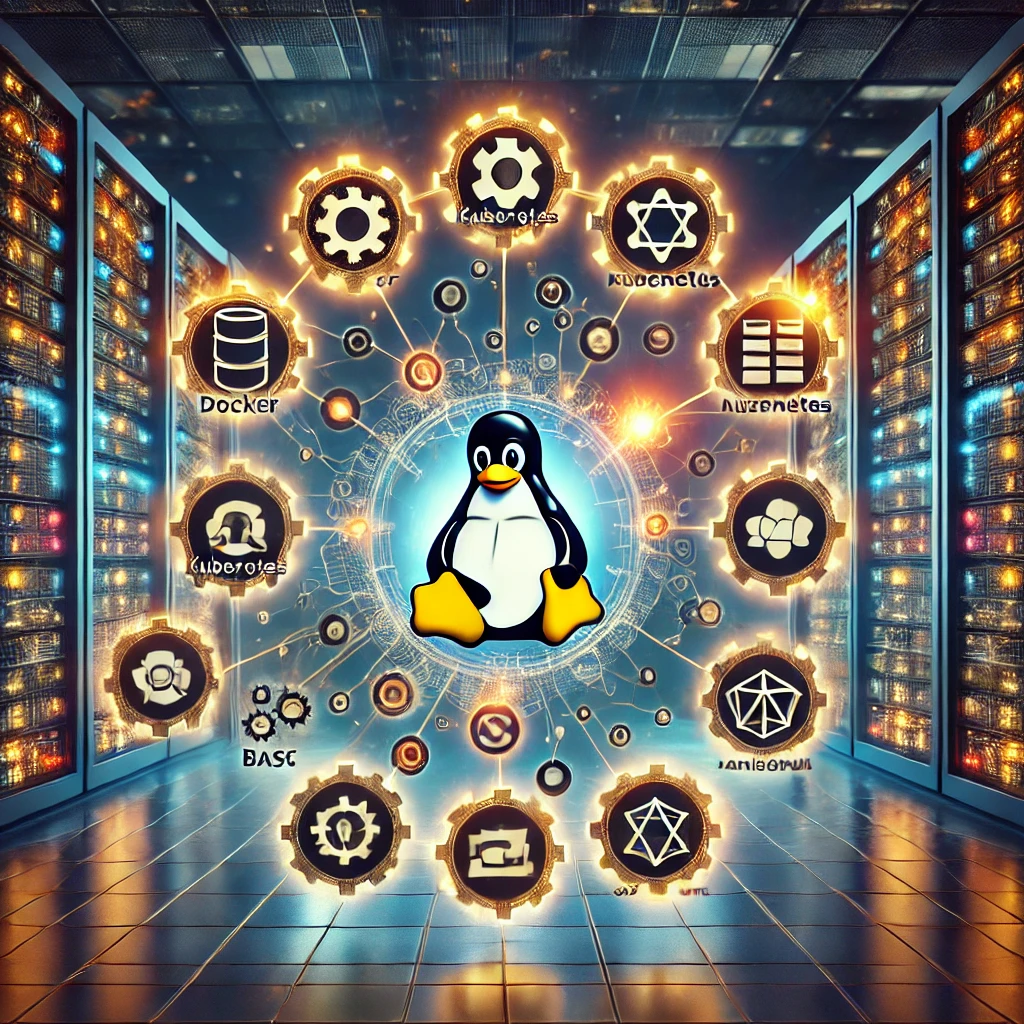"The Future of Linux: Trends and Predictions"
Ever wondered about the hidden depths of Linux, the operating system that powers everything from supercomputers to smartphones? Prepare to be amazed as we delve into its fascinating world, uncovering its secrets and exploring its profound impact on our technological landscape.
Linux's Enduring Legacy: From Humble Beginnings to Global Domination :-
- Linux's journey is a testament to the power of open-source collaboration and community-driven development. Born from the vision of Linus Torvalds, it started as a personal project, a humble kernel aiming to create a free and open operating system. This initial spark ignited a global movement, attracting developers and enthusiasts worldwide, each contributing their expertise to build upon this foundation. Its evolution has been nothing short of remarkable, transforming from a niche operating system to a ubiquitous presence in diverse sectors.
- The open-source nature of Linux has fueled its remarkable growth and widespread adoption. This collaborative approach allows for continuous improvement and adaptation to emerging technologies. Unlike proprietary systems, Linux's source code is readily available for inspection, modification, and enhancement, resulting in a robust and secure system constantly refined by a global community. Its success serves as a powerful example of the potential of collaborative innovation.
Navigating the Linux Ecosystem: A World of Distributions and Possibilities :-
- The Linux ecosystem is incredibly diverse, with numerous distributions (distros) catering to various needs and preferences. Each distro offers a unique flavor, packaging the kernel with different desktop environments, applications, and system tools. This diversity provides users with a wide array of choices, from the user-friendly Ubuntu to the server-focused CentOS, ensuring a solution tailored to every user's technical expertise and specific requirements. This adaptability is a key factor in Linux's success across many platforms.
- Understanding the differences between Linux distributions is crucial for selecting the right one. Some distributions prioritize ease of use and a user-friendly interface, while others focus on specific functionalities or target particular hardware architectures. For example, Ubuntu is popular for desktop users, while Fedora is favored for its cutting-edge features and involvement in the upstream development process. The availability of so many distributions demonstrates the flexibility and power of the Linux kernel.
The Power of the Open Source Community: Collaboration, Innovation, and Constant Evolution :-
- The strength of Linux lies not just in its code, but in the vast and vibrant community that supports it. This global network of developers, users, and enthusiasts works collaboratively to identify bugs, enhance features, and contribute to the ongoing evolution of the operating system. This collaborative spirit drives innovation and ensures the continuous improvement and adaptation of Linux to meet the ever-changing demands of the technological landscape.
- This open-source community thrives on transparency, shared knowledge, and a commitment to free software. Contributions come from individuals and organizations across the globe, resulting in a diverse range of perspectives and expertise. The ability to access, modify, and redistribute the source code fosters a sense of ownership and empowers users to actively participate in the development process. This collective effort is the driving force behind Linux’s remarkable resilience and longevity.
Linux's Security Strengths: Understanding the Kernel and its Protective Mechanisms :-
- Linux is renowned for its robust security architecture. The kernel, the core of the operating system, plays a pivotal role in maintaining system security. Its design emphasizes modularity, allowing developers to isolate components and minimize the impact of potential vulnerabilities. This inherent security, combined with the open-source nature of the code that allows for quick vulnerability identification and patching, makes it a trusted choice for security-sensitive applications.
- The open-source nature of Linux allows for constant scrutiny of its codebase by a global community of security experts. This extensive review helps identify and address security vulnerabilities quickly and efficiently, reducing the risk of exploits. Furthermore, the ability to customize and harden the system to meet specific security requirements adds another layer of protection, making it suitable for deployment in high-security environments such as servers and critical infrastructure.
The Versatility of Linux: Applications Across Industries and Devices :-
- Linux's versatility extends far beyond personal computers. It’s the backbone of many high-performance computing systems, powering supercomputers, data centers, and cloud platforms. Its robust stability and ability to handle massive workloads make it ideal for these demanding applications. Furthermore, its open-source nature allows for seamless integration with diverse hardware and software components.
- From embedded systems in consumer electronics to industrial automation and network infrastructure, Linux finds its place in numerous sectors. Its flexibility and scalability make it suitable for a vast range of applications, and its availability across diverse hardware platforms ensures its adaptability to various deployment scenarios. This wide range of applications is testament to its robust design and adaptability.
